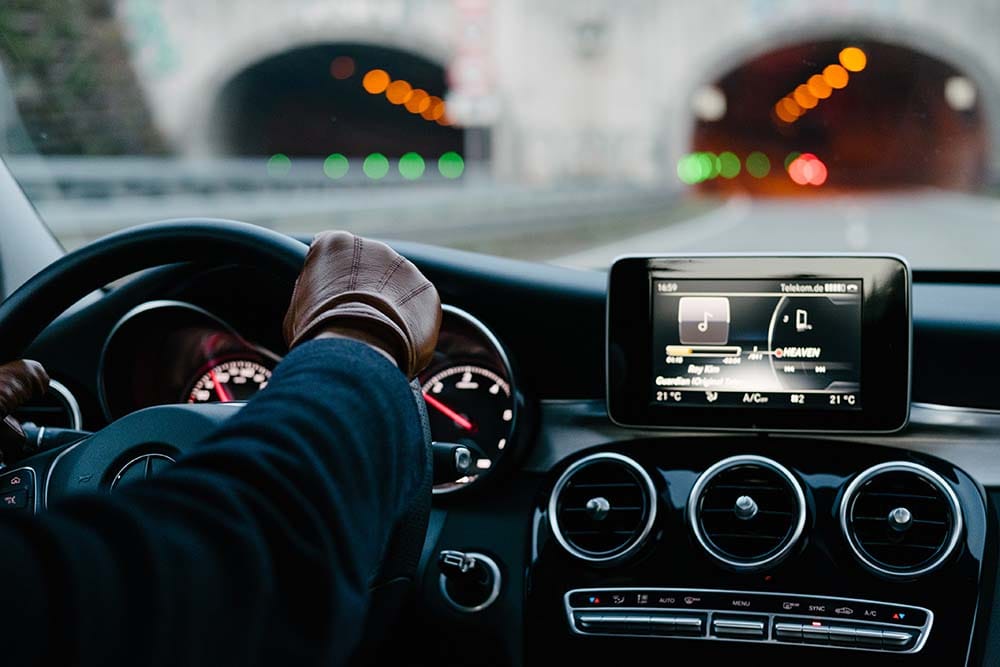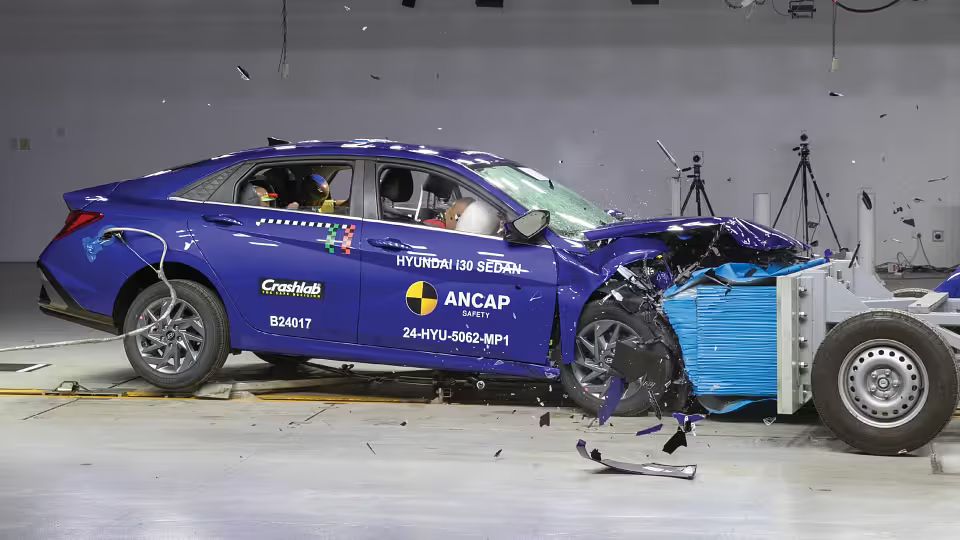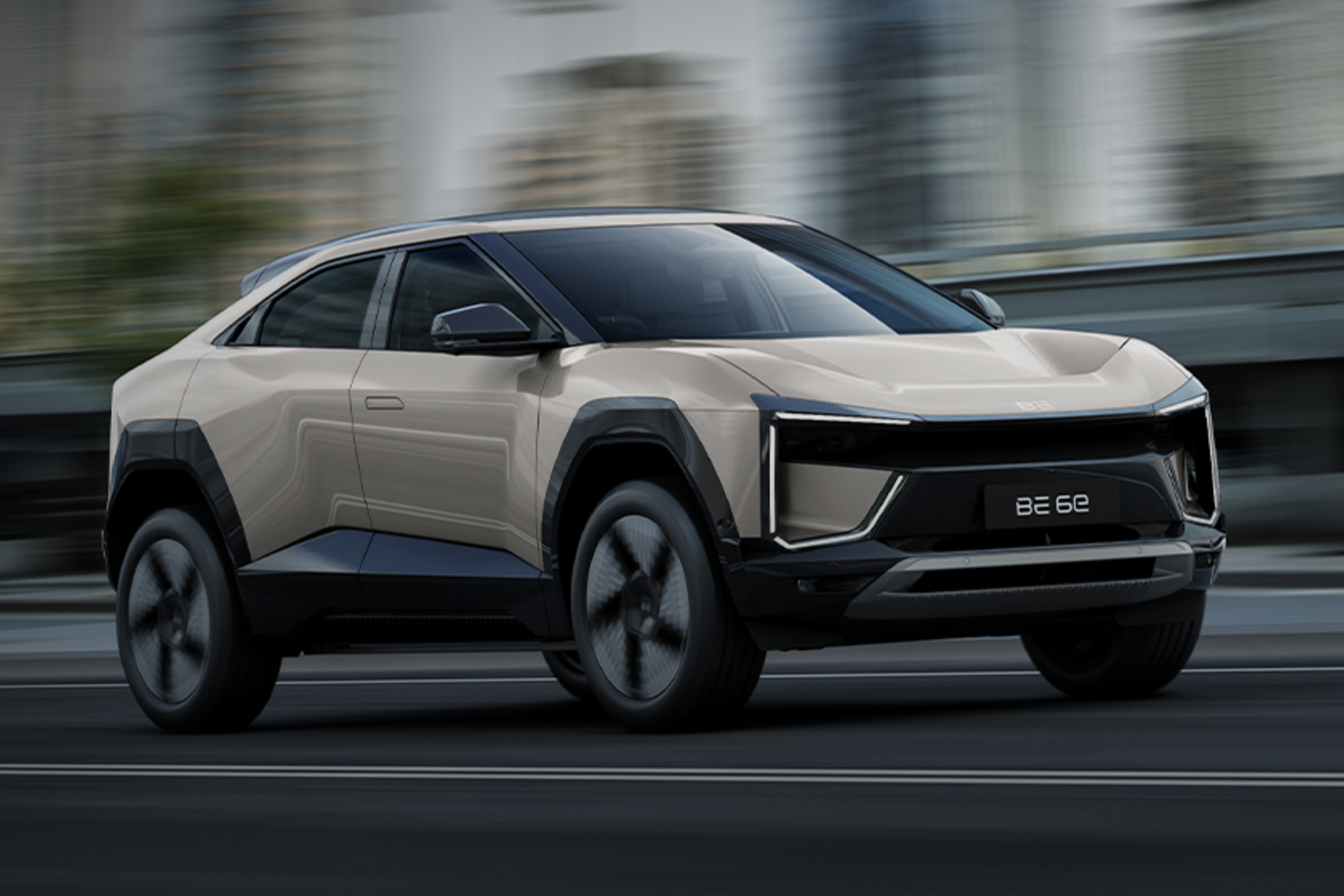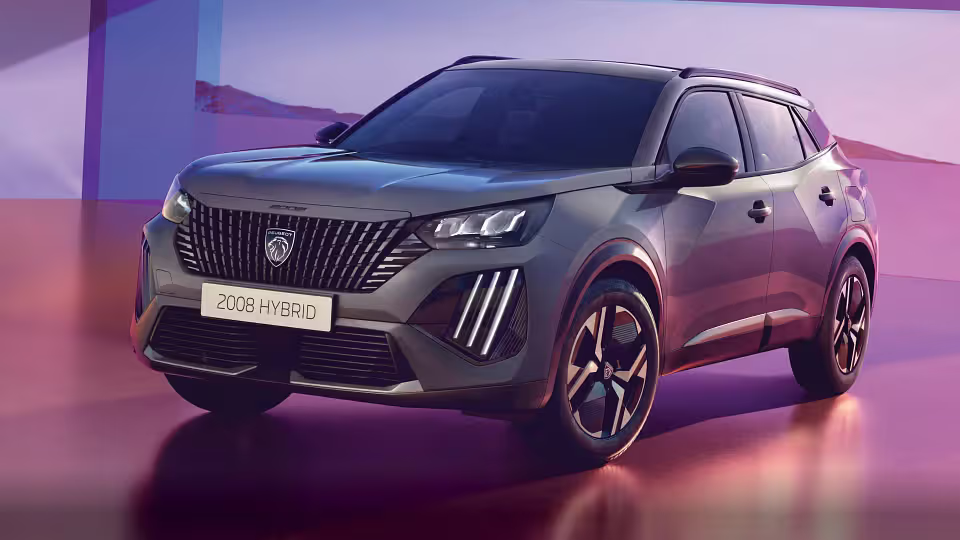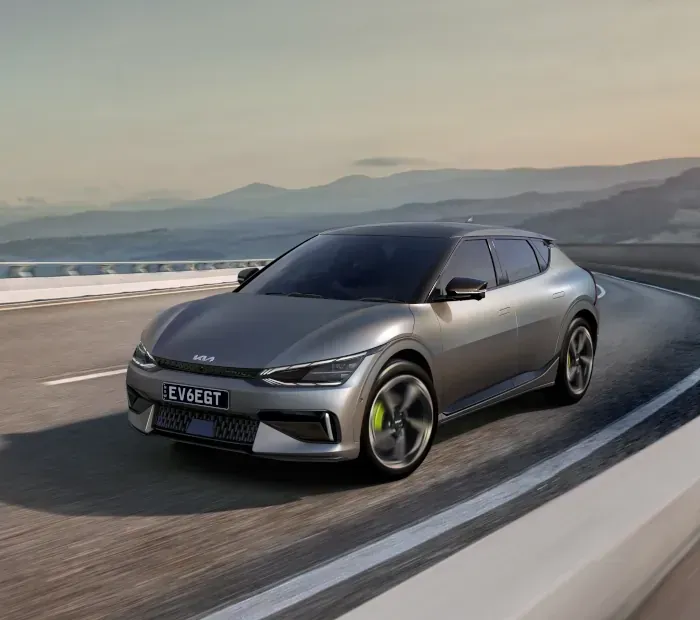A study by the Insurance Institute for Highway Safety (IIHS) found that drivers using partial automation systems like adaptive cruise control and lane-keeping assist are more likely to engage in distracting behaviors. Drivers using these systems were 50% more likely to engage in secondary tasks like eating or using a handheld cell phone compared to when driving manually.
The study observed 600 drivers over a year, using cameras to monitor their behavior in their personal vehicles. Partial automation systems are designed to assist drivers, not replace them, but some drivers are treating them as if they were fully autonomous.
The most common types of distracted behaviors observed were texting and other cell phone use. Drivers using partial automation were also more likely to adjust vehicle controls and engage in non-driving-related activities.

The study found that these behaviors increased over time as drivers became more comfortable with the systems. IIHS researchers suggest that better driver monitoring systems and clearer messaging about system limitations could help address these issues.
This trend raises concerns about the safety implications of these technologies and highlights the need for better driver education and improved system design to ensure drivers remain alert and engaged while using partial automation features.



